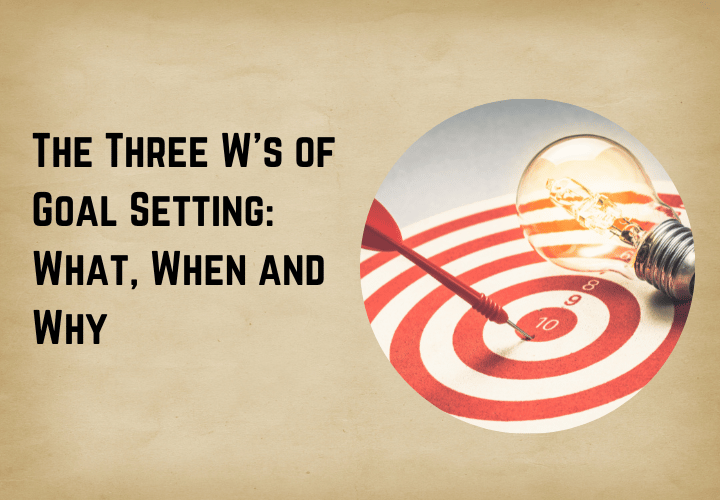Business goal setting can be a daunting task for most people, especially if you are confused as to what it is you actually want to achieve. It can be just a wish to make a mark on this world, but this statement is too ambiguous and you may lose sight.
This is why, to give you a clear idea on how to simplify and clarify goal setting, this article will delve deeper into the topic. The Three W’s of goal setting are, What, When and Why, given as follows:
What Great Creative Can Do For Your Business

Before we begin with the three W’s, let’s first set the basics for goal setting in business. To stay motivated, businesses have to offer out-of-the-box ideas to its customers, known as great creative. Companies use creative advertisements to push their customers into the right direction. The great creative can:
- Attract customers forward to the organisation
- Direct customer needs to focus on the organisation
- Position the organisation as a lead in the market
So, before you begin to answer the three W’s, establish the great creative foundation on which other requirements will be met. Put in your team’s energy in creative business practices, into learning about human psyche and adjust policies towards a path of innovation.

The First W of Goal Setting: Why?
The term ‘Why’ determines your motivation behind your goal. To start defining your goal, the most important part is to ask why your business is after this goal. Your progress will then be measured based on the goal you create.
However, to achieve the answer to why, you have to conduct a thorough analysis and evaluation of business core, market dynamics and desired end result from consumers. Only in this way, you can assure that the justification of a goal justifies the resources being put into achieving it. Every company, dreams of being at the top of their game, your justification can help you accomplish exactly that and give direction.
The Second W of Goal Setting: What?
The term ‘What’ is the desired end result and in simpler terms it is the goal itself. In your career, goals can be professional, similarly business goals define what they want from their sales, customers, and quality of product. Establishing the ‘what’ during goal setting leads you to identify your overall business goal.
As organisations revolve their practices around the lives of consumers, therefore the most common ‘why’ or goal is consumer satisfaction, consumer loyalty or consumer engagement. These attributes help a company succeed in productivity and avoid struggle with market competitors.
The Third W of Goal Setting: Who?
When writing down the Why and What, you have reviewed the justification for an end goal and define your end goal. However, with the term ‘Who’, you are being specific in your business goal about your target audience. For example, if your goal is in marketing, then your job is to identify consumers for the brand.
A famous quote is if a tree falls in the forest nobody hears it. Without a ‘who’, you will make the same mistake and receive no comments from the audience. This is why, gain insight into your customers’ demographics, purchasing patterns and competitor analytics, so that your promotional content can motivate them to purchase your products/services.
The Final Question: How?
The three W’s are meant to help you accomplish clarity towards goals your business wants and changes it wants to make to the life of customers. However, to change a life and achieving it with creativity cannot simply be done only by being clear about what you want, you must also know exactly how you will be changing that life?
The foundation for the how of business goals is:
- Functional Strategy
This is the base of a company and any project of goal setting has its core in the functional layer. At the functional level, organisational culture and values impact what, why and when
- Business Strategy
At the business level, answers in regards to competitors are received for the project. Environmental analysis and competitor analysis are common
- Corporate Strategy
This is the executive branch, including shareholders, CEO’s, CFO’s etc. They play the financial and administrative tasks of the project.
To wrap things up, you must know that business goal setting is just as complex as personal or professional goal setting. However, by coming up with clear and concise answers to the three W’s you can get closer to your desired project.



